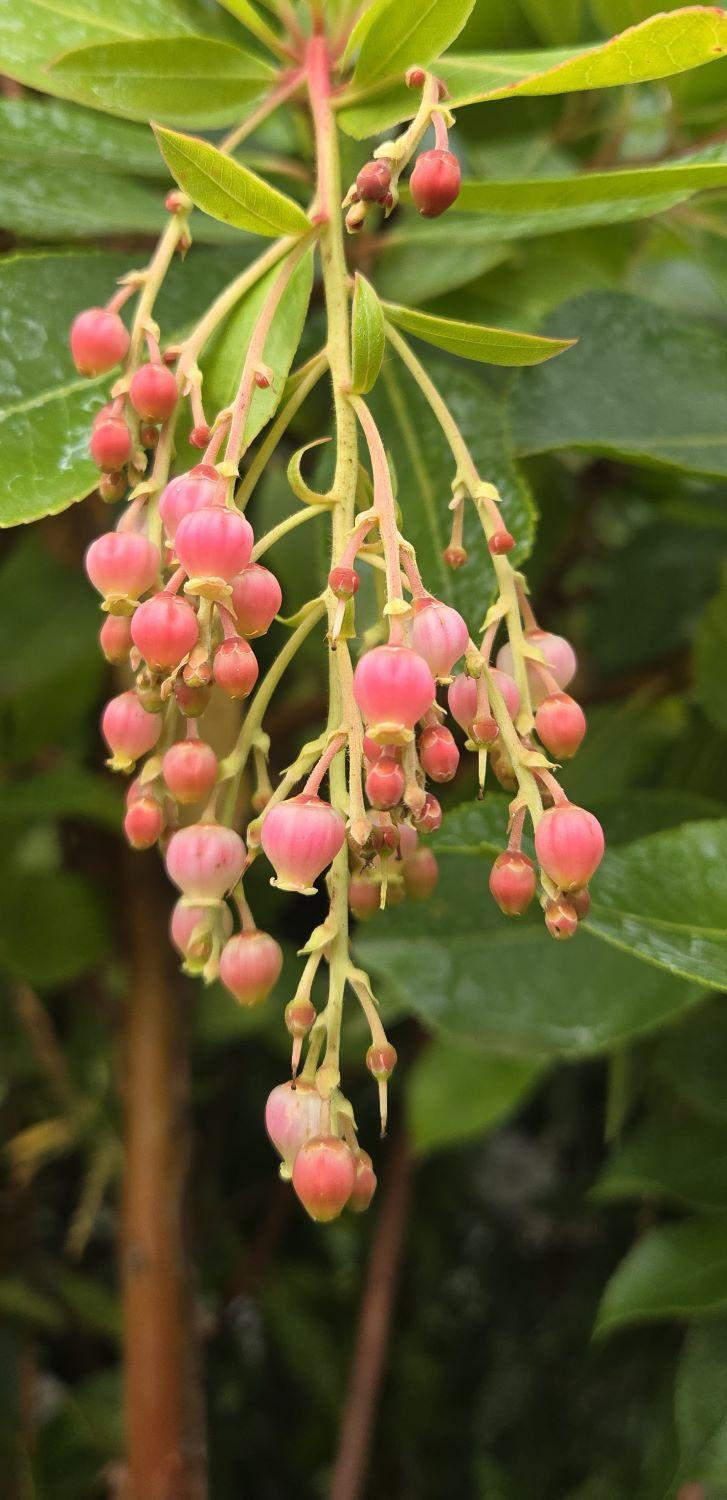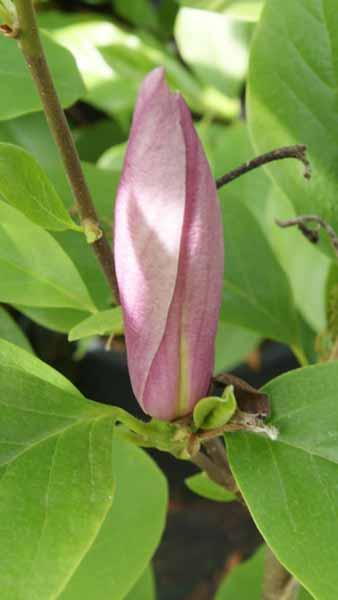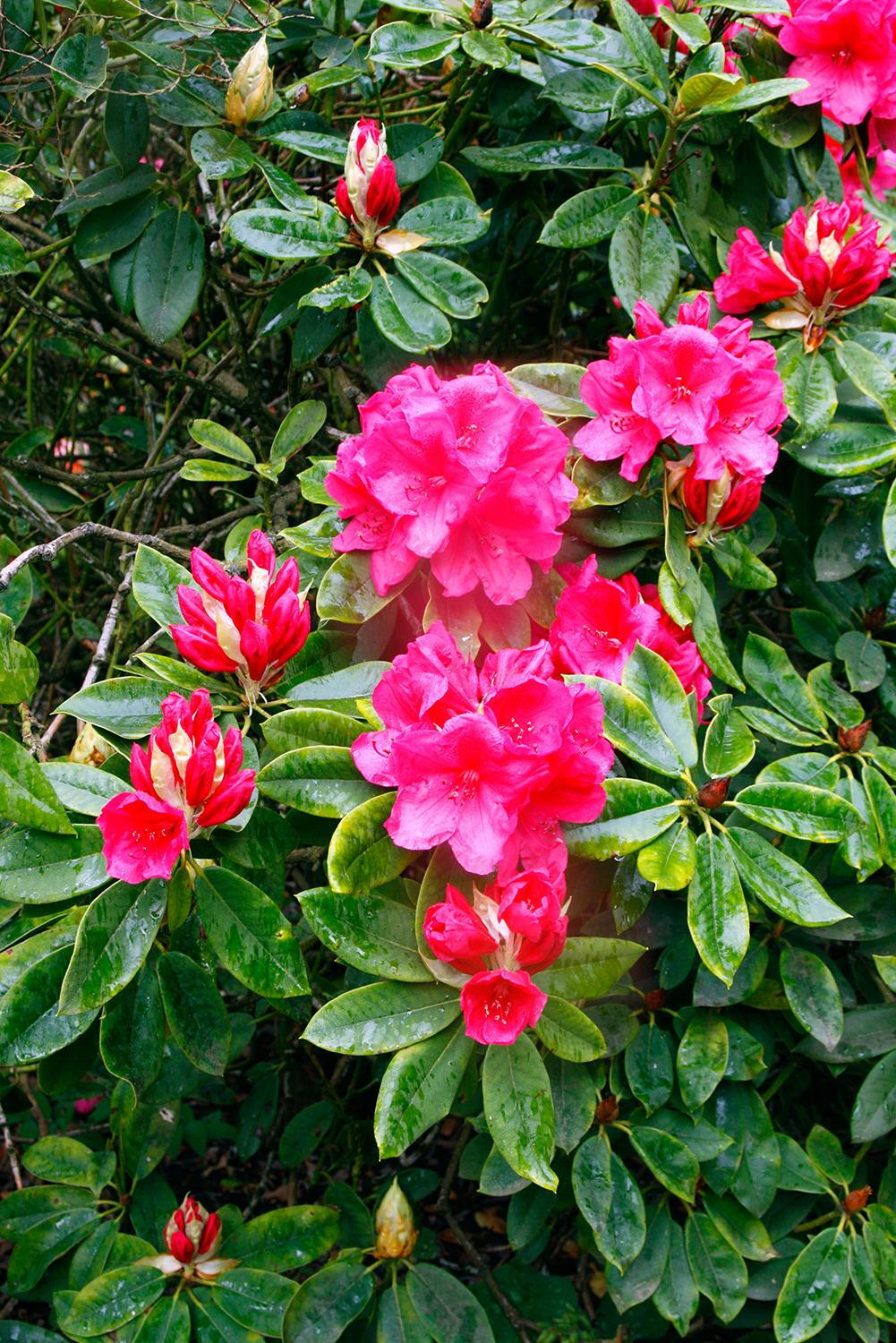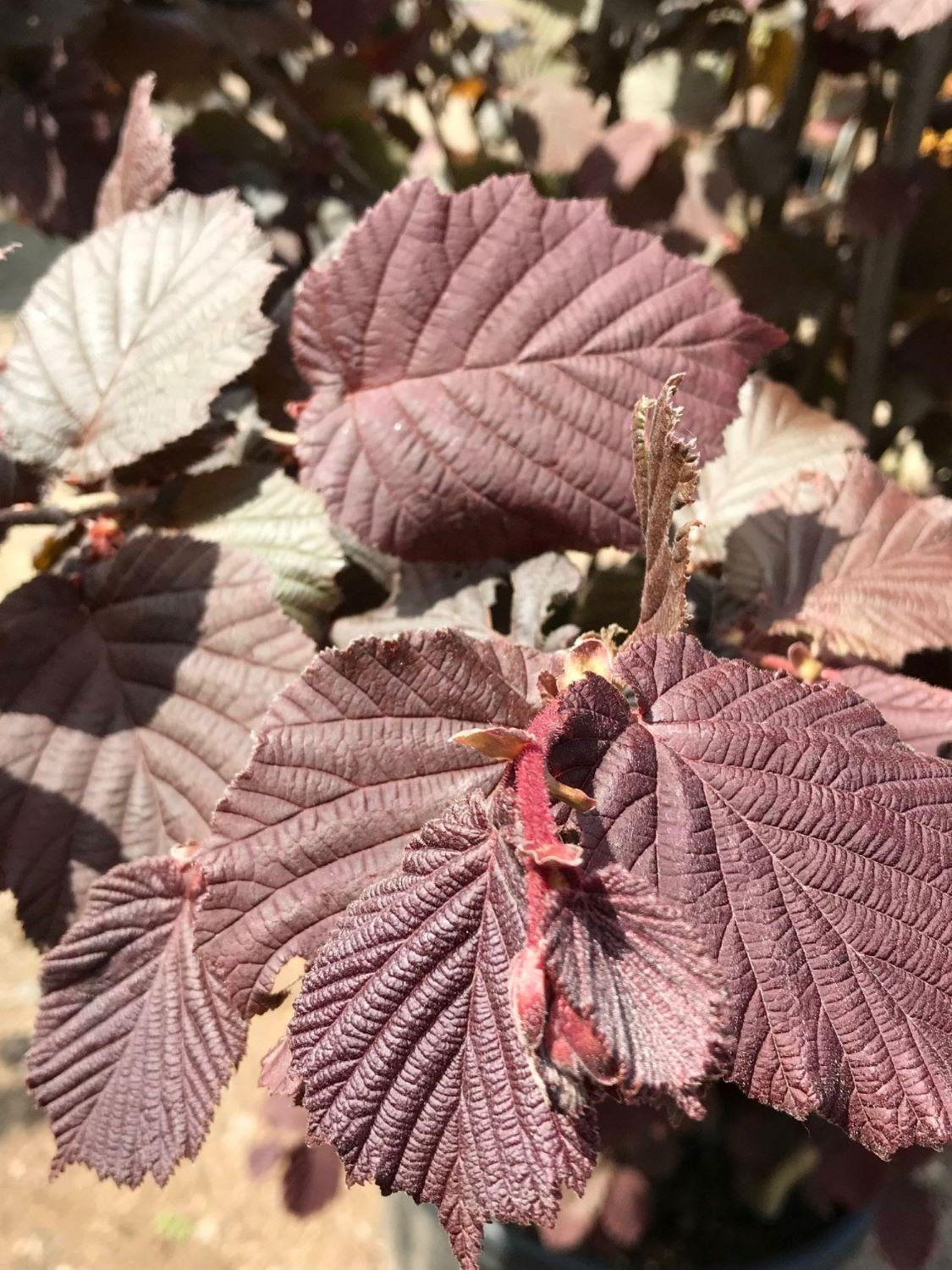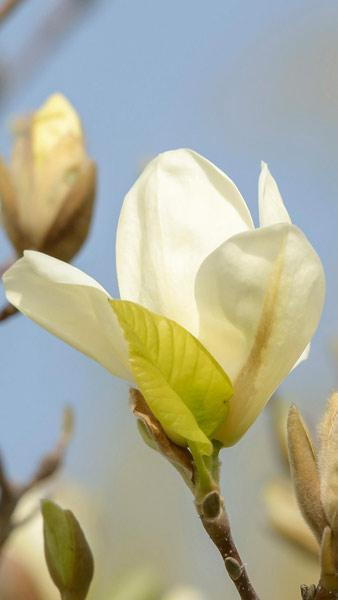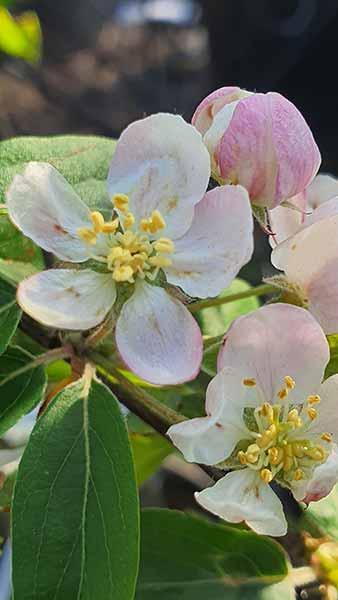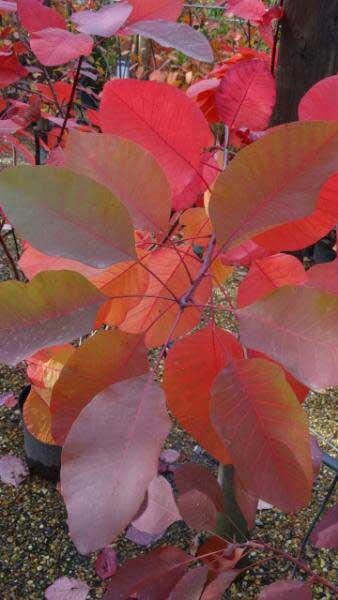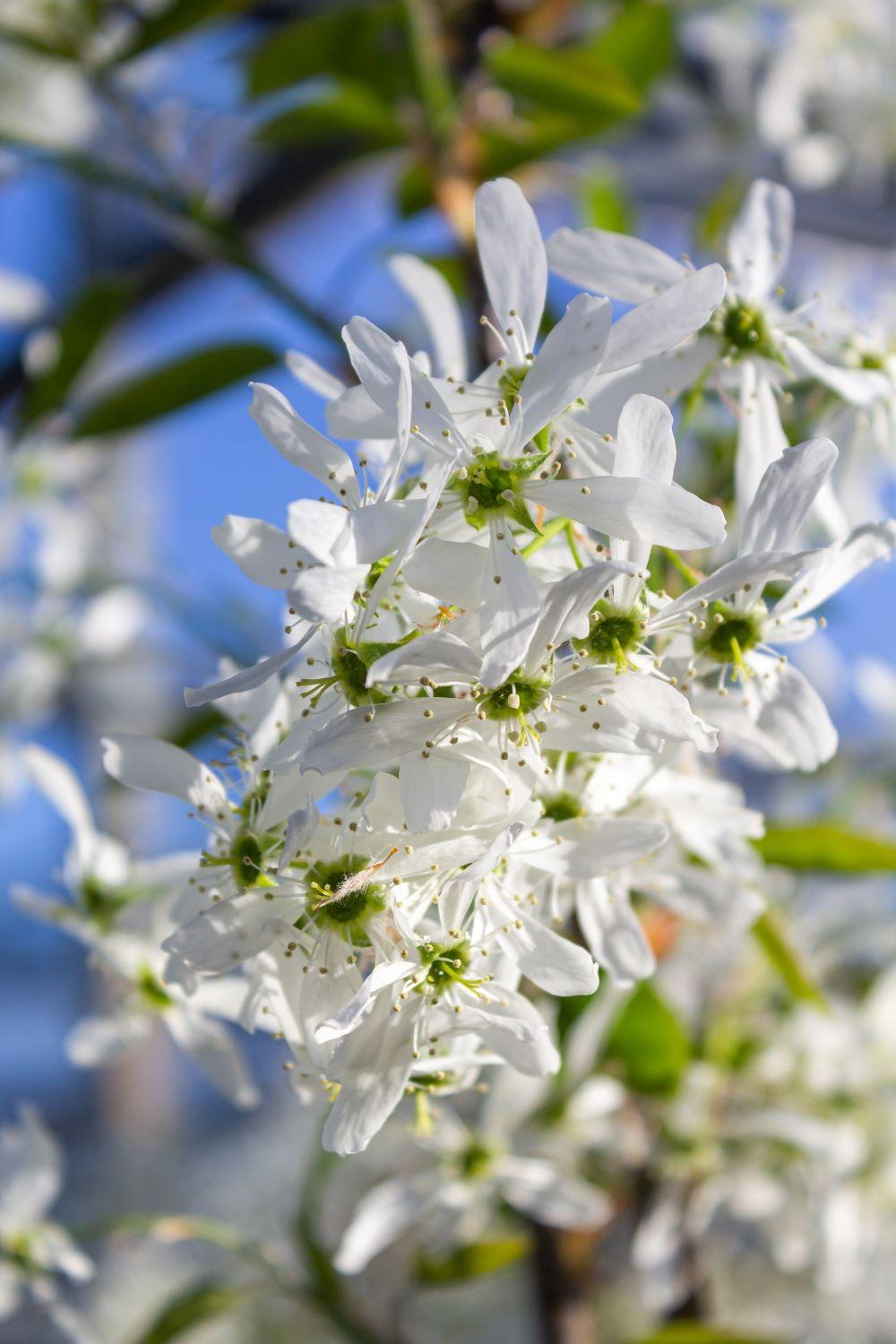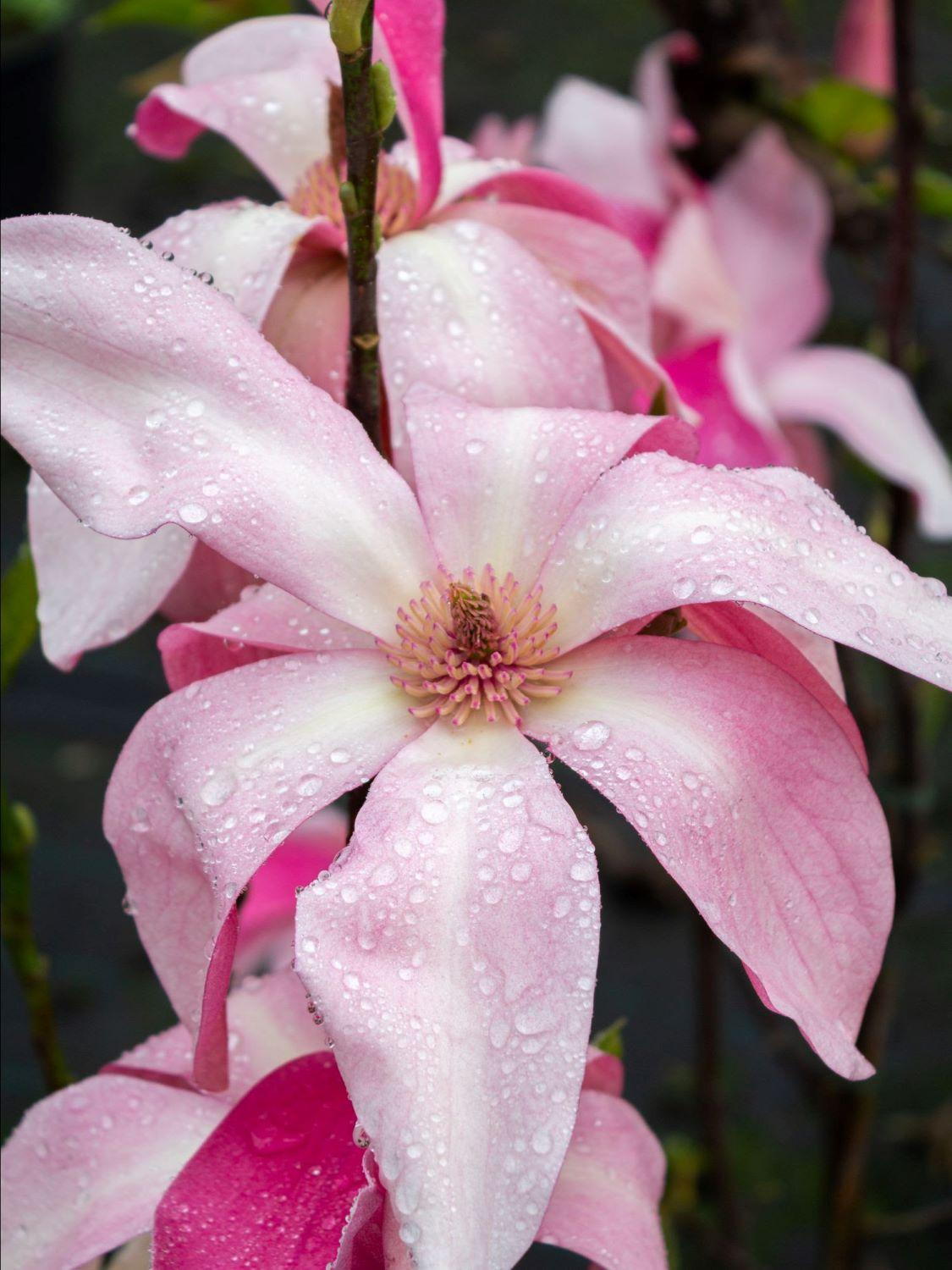Malus Professor Sprenger Crab Apple Professor Sprenger
Malus Professor SprengerMalus Professor Sprenger or Crab Apple Professor Sprenger is a hybrid crab apple tree which will provide a long period of interest. In April, the medium green oval leaves of this deciduous tree emerge, soon to be hidden beneath a blanket of fragrant white blossoms, up to 4.5 cm across, unfurling from deep pink buds. It has received the RHS designation of Perfect for Pollinators, and will attract bees and butterflies. In summer, the spreading, upright crown will cast welcome shade, and as autumn begins, the leaves turn a golden yellow, accented by the small red-orange crab apples, 1.5 cm across, which add not only visual interest into early winter, but will attract birds to your garden.Height and Spread of Malus Professor SprengerMalus Professor Sprenger will grow to a height of 3 to 5 metres in 10 years, reaching a mature height of 5 to 6 metres and spread of 4-6 metres in 20 years.How Hardy Is Malus Professor Sprenger?Malus Professor Sprenger is fully hardy in all parts of the UK.How to Use Malus Professor SprengerMalus Professor Sprenger makes an excellent focal point in a medium to large lawn, where its long season of visual interest will be shown to advantage. Planted as part of a mixed hedge, the spring flowers and autumn leaves and fruit will add interest. In a wildlife or woodland garden, Malus Professor Sprenger will light up the woods with its spring blossoms, and be a valuable source of food for wildlife in the winter months. In smaller spaces, Crab Apple Professor Sprenger can be pruned and trained as an espalier specimen, either against a wall, or used as an ornamental privacy screen. It is a good boulevard or street tree, as it can be planted in pavement.How to Care for Malus Professor SprengerPlant Crab Apple Professor Sprenger in full sun in an exposed or sheltered position in moist, well-drained sand, clay or loam soil with an acid to neutral pH. It will not tolerate sea wind, so in coastal regions it should be planted in a sheltered position. However, it is highly tolerant of pollution, so is admirably suited to city gardens. Malus Professor Sprenger has an excellent resistance to scab, fireblight, rust, and mildew.From its extravagant spring blossoms, to its reliable summer shade, autumn colour and winter fruits, Malus Professor Sprenger will provide visual interest throughout the year!
